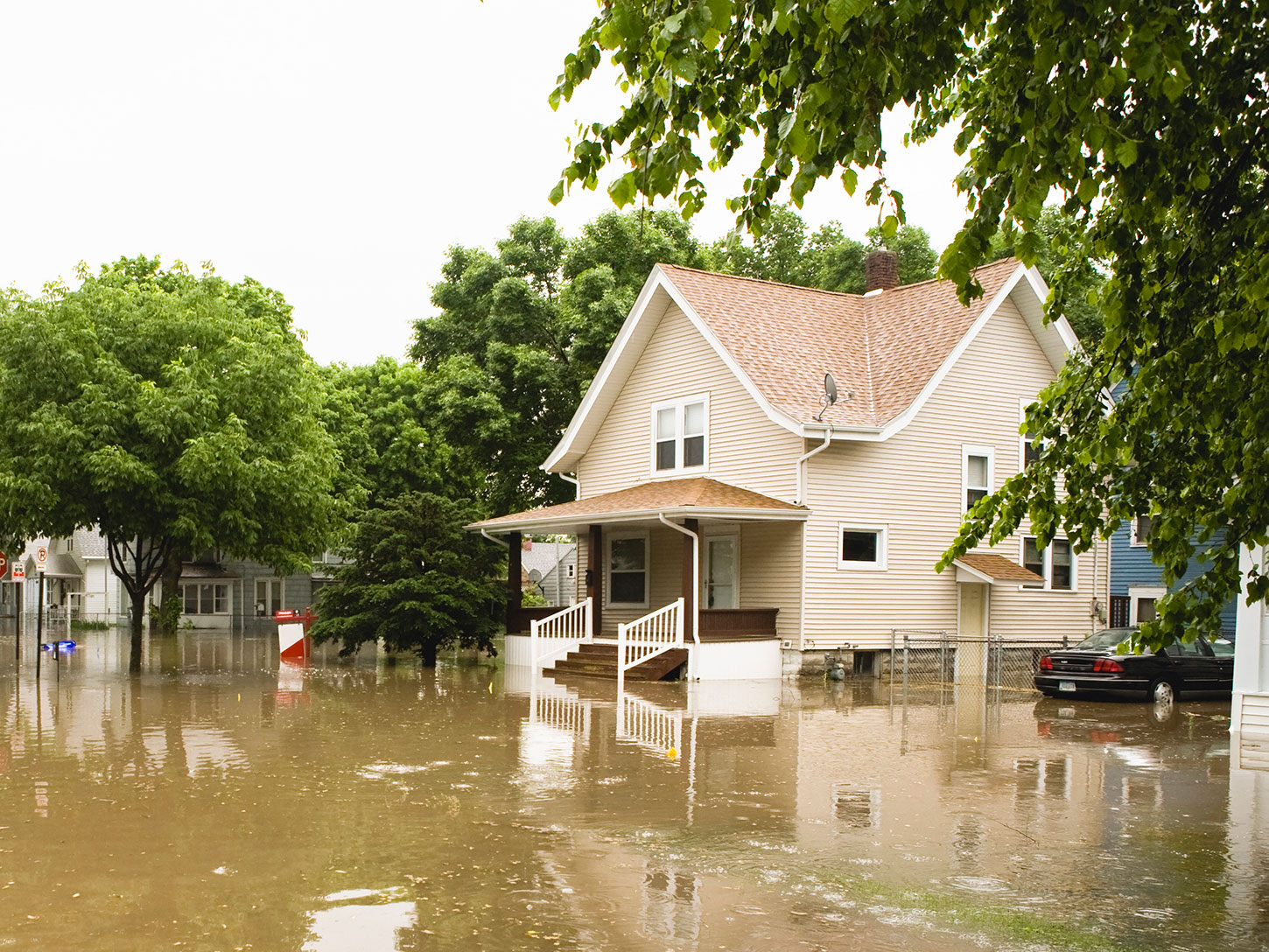When it comes to the most frequently documented homeowners’ safety lawsuits, water damage is second on the list.
Water damage is a year-round hazard that takes place in homes without giving any sign, and it’s more commoner than a fire outbreaks.
This is why you need the Water Damage Restoration Experts of San Antonio Texas – A1 Water & Mold Removal to avert any devastating occurrence in your residential properties.
It is important to watch out for leaks outside and inside the house before they escalate and cause destruction. Here are 12 tips to avoid water damage in your home.
click here – What Is Medical Negligence?
What Are The 12 Tips To Avoid Water Damage In Your Home?
Notice the place the water switch exists
It is common knowledge that should be made known to the members of the family. This will help prevent water damage in case of an emergency.
Be in the habit of inspecting your water home appliances
These equipment, the bathtub, water filtration system, bathroom sink, dishwasher, tankless water heater, and the kitchen sink, are to be regularly checked to avoid water damage in the house.
Always check out the sump pit
The pitcher pump is crucial in ensuring that your basement is not flooded after a heavy downpour. You must conserve and overhaul once or twice a year.
Make the checking of the vents and tap a routine.
Going out of the building without checking the tube and spouts puts you at risk of coming back to a flooded house. It is important to inspect them for any leaks or breaks.
click here – ImaFinding Top Talent in the Sales: Use a Sales Staffing Agency
Set up ditch covers
Gutter is known to get blocked easily because of residue, dead layers, and trunks. It is necessary to install the guards to deter the ditch from blockage. But in the case of a high gutter, seek the help of professionals.
Clear out the drainage channel and downpipe
Cleaning the gutter twice or thrice a year prevents stoppage and ice dams. It allows the water to get through without impediment. Also, the downspout should be five to ten feet off from the building. In order not to weaken the foundation.
Detach pipeline
Pulling apart the hoses from your spigot should be on your autumn(fall) list of errands. Sitting water in the hose can stiffen back into the duct and turn into an ice block. Thereby giving room for the pipe to spurt and cause hazard(water) on the embankment and footing.
Create a slope for the water to pass through
It is better to create this slope away from the building. This allows the water to go downcast without any obstruction and prevents water from soaking into the foundation.
Slash down overgrown trees and shrubs
Do not engage in landscaping near the pipes, or better still cut down the trees and frontiers that are overly accumulated. Note that a tree with an elusive base system can grow into your chimney, drainage field, and irrigation devices.
Situate water discovering machines
It is a tiny electric tool that signals like a buzzer when its detectors come in connection with moisture. This instrument is advisable to induct close to the sump pump, restrooms, water heater, and washing machine to prevent decay and widespread damage.
Carefully examine your ceiling.
The roof is an important part of the house, which needs to be thoroughly surveyed in and out for any hidden leakages.
Oversee your water bills
This is a great way of enabling you to detect if there is water leakage in your residence (leaking lavatory or broken pipe) by checking your water invoices frequently.

